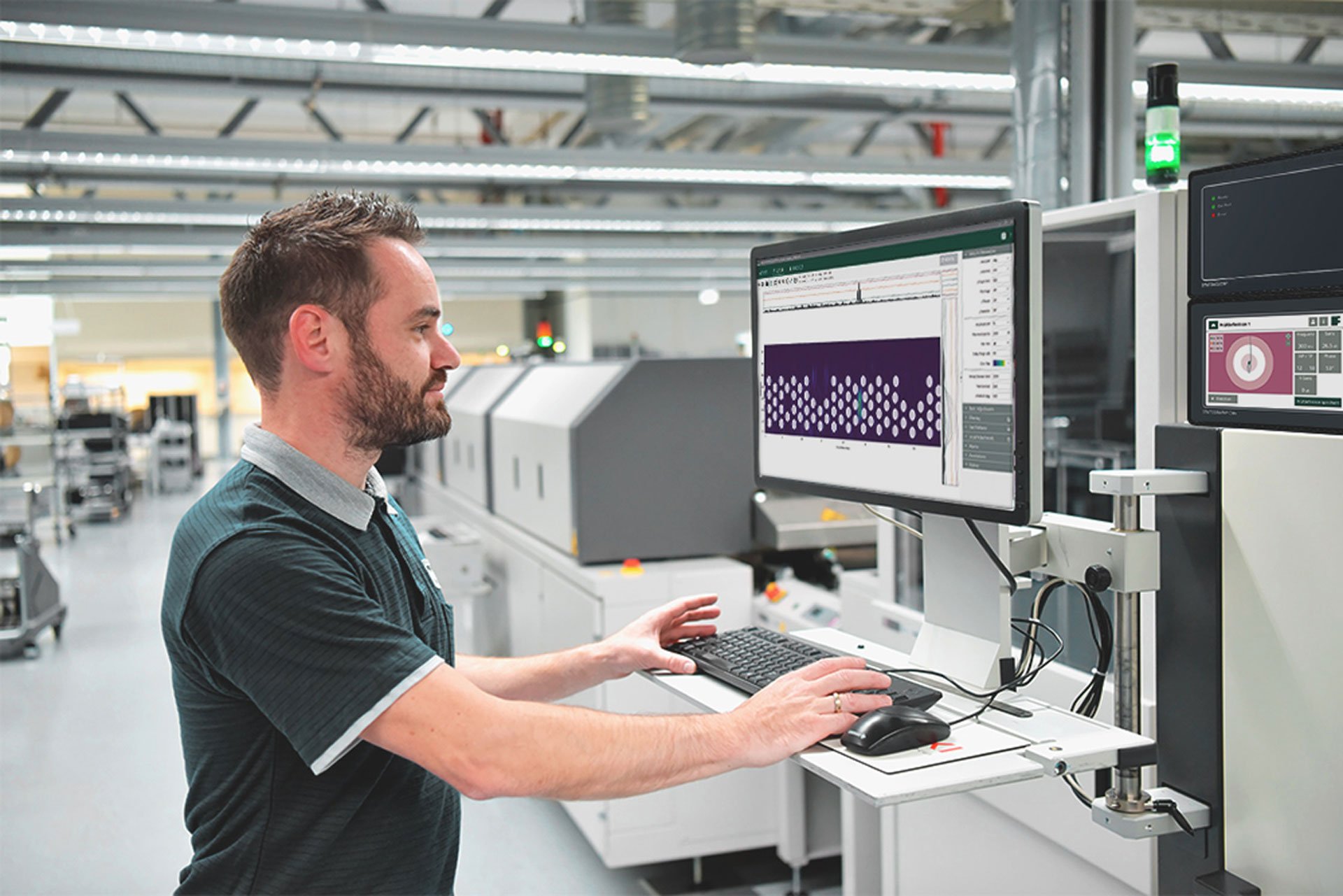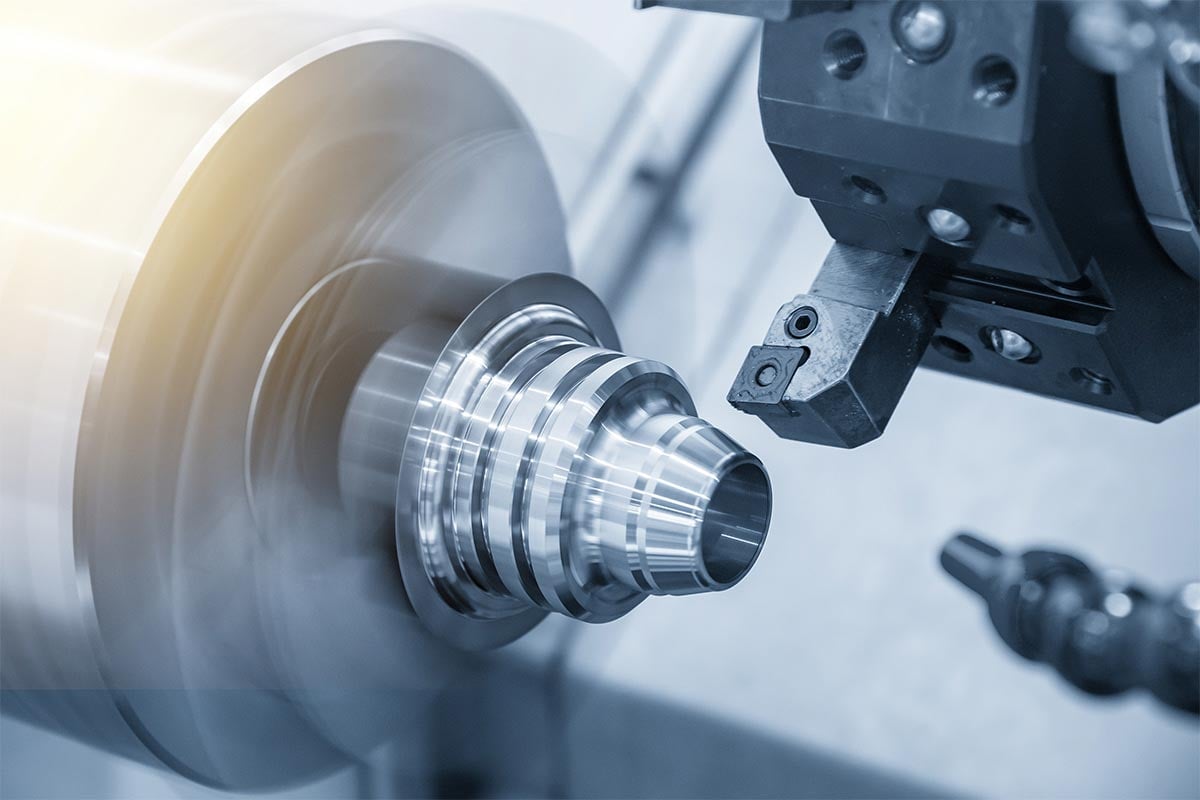Portable Precision for Reliable Crack Detection
How Advanced Eddy Current Testing Technology Protects Industries from Structural Failures
In high-stakes industries like aviation, automotive, and infrastructure, maintaining structural integrity is critical. The smallest surface crack in a component can lead to catastrophic consequences if left undetected. Routine inspections are essential yet traditional crack detection methods can be slow and may lack the sensitivity needed for high-precision applications. The DEFECTOMETER M 1.837 from FOERSTER provides a portable, reliable solution for eddy current testing (ECT) that can meet the demands of on-site inspections in challenging environments.
Small Cracks, Big Consequences
In high-stakes industries, even the smallest surface cracks can lead to major structural issues over time. Components exposed to repeated stress, pressure, or vibration—like those found in aerospace, automotive, and infrastructure applications—are particularly vulnerable. Left undetected, these tiny cracks can expand and propagate under operational conditions, compromising the integrity and safety of critical parts.
Take the aerospace industry as an example. Aircraft components, such as turbine blades, fuselages, and wing structures, undergo immense stress during flight. A small crack in one of these parts could lead to a cascade of failures if it goes unnoticed. A tiny flaw on a turbine blade, for instance, may expand due to the high rotational forces, eventually weakening the blade and leading to severe safety risks. Routine inspections are essential to catch these flaws early, but traditional inspection methods often struggle to detect such fine details quickly and efficiently, especially in challenging environments.
In automotive applications, surface cracks in components like engine parts, suspension systems, and axles can also create significant risks. A micro-crack in a car’s suspension system may initially seem harmless, but under the constant load and vibration of driving, it can grow, eventually leading to failure. Such a failure at high speeds can endanger not only the driver but also others on the road. Advanced crack detection tools, therefore, play a critical role in maintaining the safety and performance of automotive components.
Infrastructure projects like bridges, pipelines, and structural supports also face similar threats. A small surface flaw in a bridge support can expand over time due to environmental stressors, such as temperature fluctuations and heavy loads, posing a serious risk to the bridge’s stability. In gas pipelines, undetected surface cracks can grow and lead to dangerous leaks or even explosions, with significant consequences for both safety and the environment. Frequent and thorough inspections are critical, but the complexity of inspecting large structures often demands equipment that is portable, highly sensitive, and able to operate in difficult-to-access areas.
The DEFECTOMETER M 1.837 addresses these challenges by providing a compact, portable solution capable of detecting flaws as small as 20 µm. With advanced eddy current technology, inspectors can identify micro-cracks early on, allowing for repairs or replacements before the flaws expand and compromise safety. This device ensures that small cracks don’t escalate into big, costly issues—protecting both equipment and lives.
The DEFECTOMETER M 1.837: Portable Precision for High-Stakes Environments
FOERSTER’s DEFECTOMETER M 1.837 is engineered to make on-the-go testing straightforward and effective. Weighing just 400 grams, this compact, high-resolution device can detect flaws as small as 20 µm. Its ergonomic design allows for one-handed operation, making it ideal for inspections in hard-to-reach areas. The device’s automatic compensation features for lift-off, zero, and tilt further streamline testing, enhancing accuracy while minimizing manual adjustments.
Key Applications
The DEFECTOMETER M 1.837 is suited for a range of applications across industries:
- Aerospace: Detects early-stage cracks on turbine blades, fuselage, and rivet areas, which are critical for safe aircraft operation.
- Automotive: Identifies hardness changes and surface cracks in components, preventing issues that could affect vehicle performance and safety.
- Infrastructure: Essential for inspecting bridges, pipelines, and other structures where even minor flaws can lead to serious problems over time.
Simplifying Non-Destructive Testing with Eddy Current Technology
The DEFECTOMETER M 1.837 utilizes the eddy current testing (ECT) method. When the device’s probe is active, a magnetic coil generates an electromagnetic field that detects changes in the material’s surface conductivity. This allows the DEFECTOMETER to identify minute cracks without damaging the material being tested. With adjustable sensitivity and LED/acoustic warnings, users receive immediate feedback if the probe lifts off or encounters any inconsistencies, ensuring thorough and accurate inspections.
Enhancing Safety with Every Scan
For industries that depend on the integrity of their components, the DEFECTOMETER M 1.837 offers an essential layer of safety and reliability. This portable device allows for frequent, accurate inspections, enabling professionals to catch cracks early and support more resilient, longer-lasting structures.
Explore FOERSTER’s Full Range of Non-Destructive Testing Solutions
If you're looking to expand your inspection capabilities, FOERSTER offers a variety of innovative NDT solutions tailored to meet the specific needs of different industries. With the DEFECTOMETER M 1.837 and other advanced tools, ensuring the safety and longevity of your equipment and infrastructure has never been more accessible.
Share this
You May Also Like
These Related Stories

How artificial defects help with crack detection

Crack testing: How do I set my filters and frequencies correctly?


